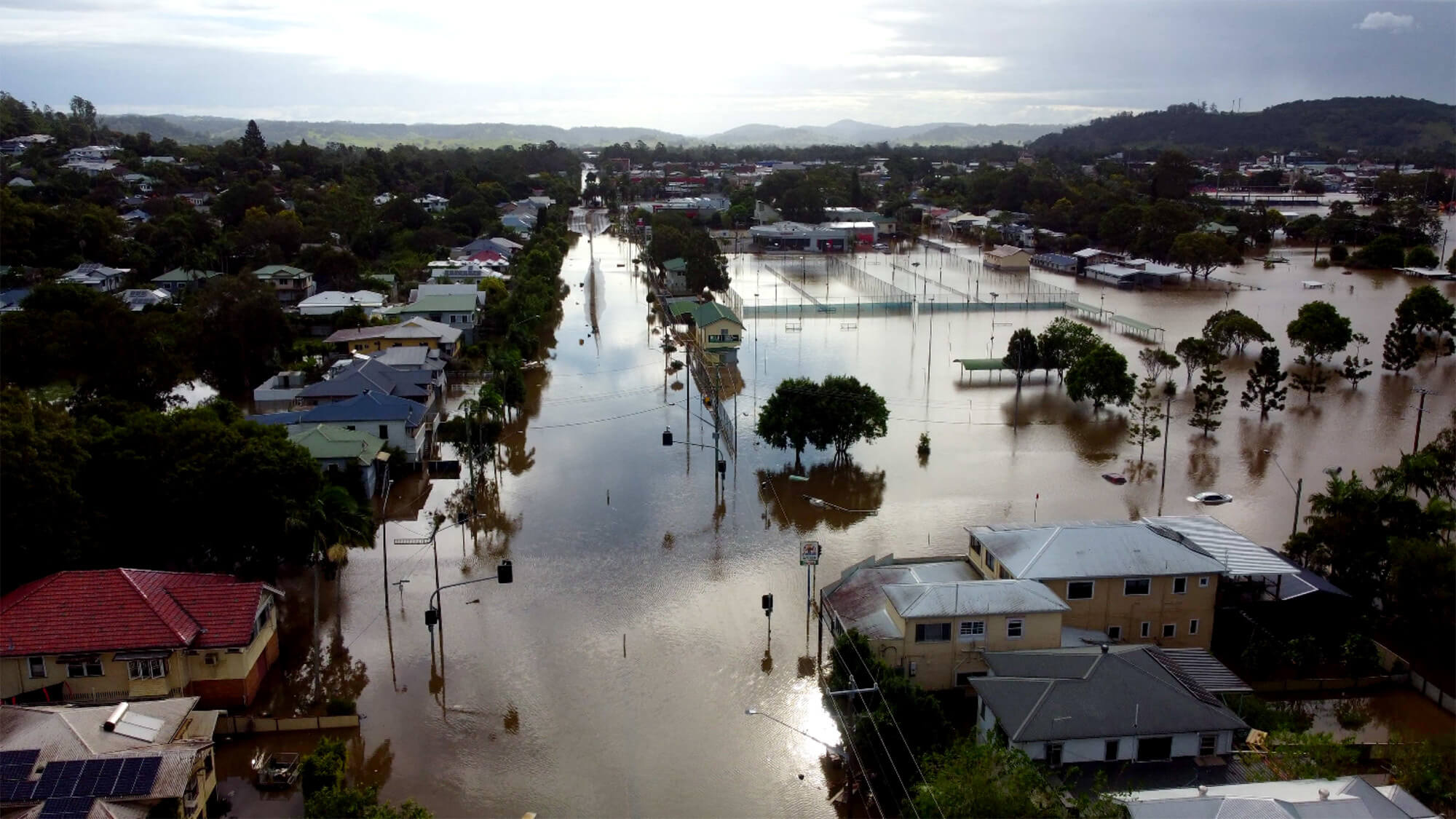The pressure is on when it comes to disclosing nature-related risks. But what does that mean for Agriculture? From DAS Co-Founder and CEO Anthony Willmott.
A moment of reckoning could be on the horizon for Australian company directors as the world continues to grapple with the compounding natural and economic impacts of climate change. Our country, which like many others, looks to the public sector for answers on climate change action, is beginning to see a pivot to the private sector – more precisely, company directors – when it comes to accountability on climate risk.
The Memorandum of Understanding providing this advice, titled “Nature-related risks and directors' duties", was released in late October by the climate change investment and advisory firm Pollination, in collaboration with the Commonwealth Climate and Law Initiative, and highlights how “the Australian economy is acutely exposed to risks arising from the deterioration of the natural environment.” The advice is even more significant when you consider the economic impact of agriculture in Australia, with “industries with a very high direct dependence on nature, such as agriculture, forestry, fisheries, construction, and waste and water services [generating] approximately 15.9% of Australia’s GDP”.
Pending national regulatory requirements, where we’d see physical and nature-related risk disclosure becoming mandatory, private sector reporting is a welcome move. Ultimately, if we’re to see meaningful risk disclosure, the buck must stop somewhere. So where does that leave Australian companies working in Agriculture?
Those industries dealing directly in agriculture, particularly financial services, know that navigating and managing climate-related impact from a portfolio perspective is easier said than done. Analysing impact at LGA or postcode level won’t cut it: you have to truly understand the impact of your portfolio at farm or rural asset level. This can only be done by being able to correctly geolocate rural customers and suppliers. From there, the detailed analysis required to report against global frameworks like TFND, TCFD and LEAP-FI can follow.
The first step is prioritising the mundane task of auditing location data. And by this, [I] don’t mean “dropping” a proverbial pin on a map, which in itself is simplistic and easy. Companies must consider the sheer scale of acreages covered at each address, paddock boundary lines, and non-arable features such as structures and natural vegetation growth. This metadata will ultimately increase or decrease the risk profile for each individual customer. The good news is that accurate geolocation for rural assets is a ‘solved problem’ for financial services and agri-enterprise; the technology to map customers and suppliers is available today.
The LEAP-FI framework echoes exactly this, identifying ‘Locating’ as the first step in reporting against TCFD and TNFD, reinforcing our view that it is a necessary precursor to evaluating, assessing, and preparing to respond to climate risk and opportunity at an asset or portfolio level.
Only once a portfolio is correctly mapped can climate and nature-related data sources shine. Climate data on its own is valuable, but climate data in the context of your portfolio is invaluable and it is all out there in the market for the taking. The information available to organisations ranges from ESG scores, productivity benchmarks and land clearing estimates, to flood risk, forest loss, fire risk, frost days and rainfall deficit data. Together with correctly mapped rural assets, you can finally begin to paint a picture about true climate risk in your portfolio.
In the evolving world of climate change and ESG disclosures, climate and nature risk reporting is here to stay. Company directors dealing directly in the Aust Agriculture industry can, and should get ahead of regulatory requirements on nature-related financial disclosure. What’s needed next is prioritising this work with locating, according to the LEAP-FI framework – which very few companies are yet to do.



